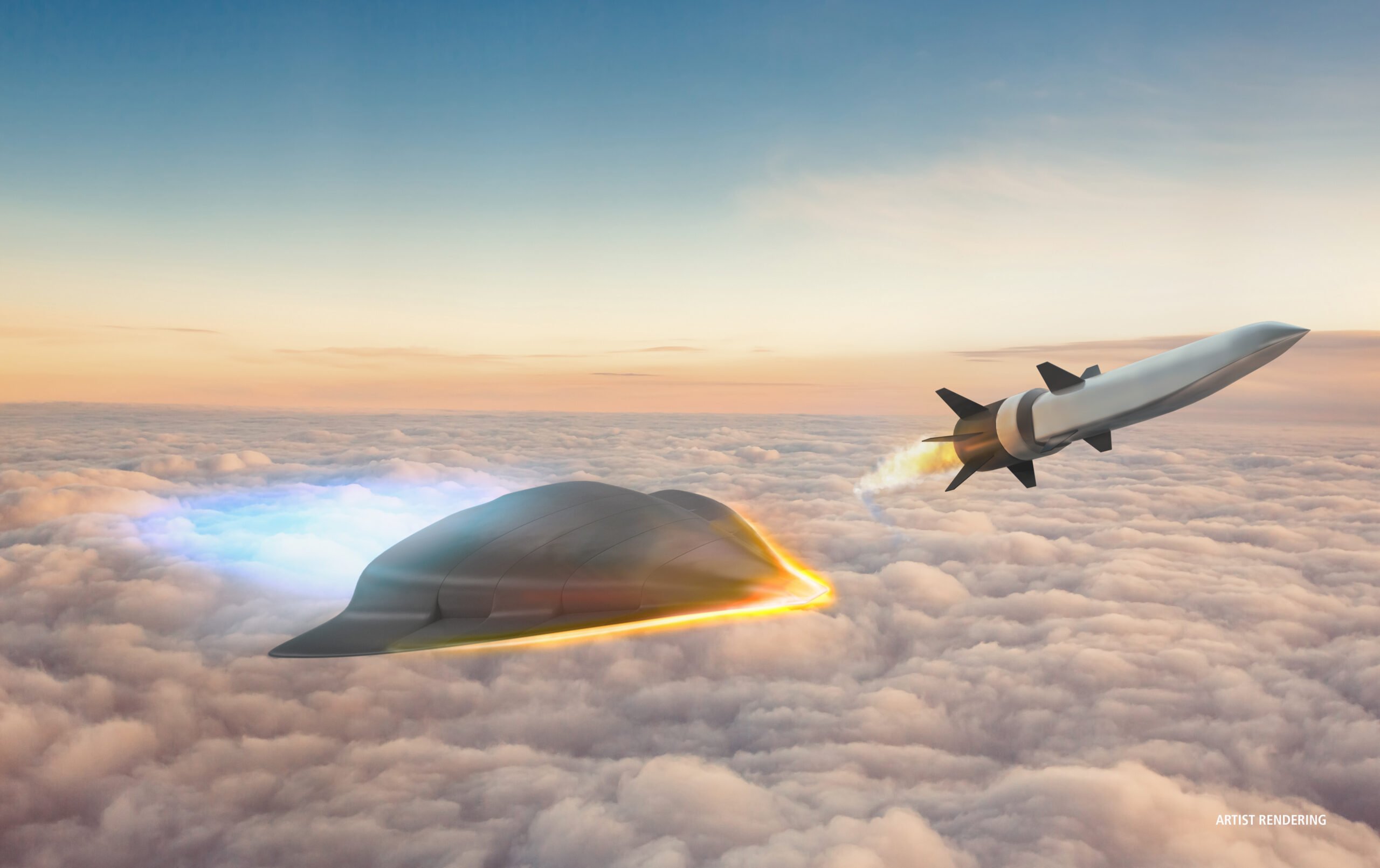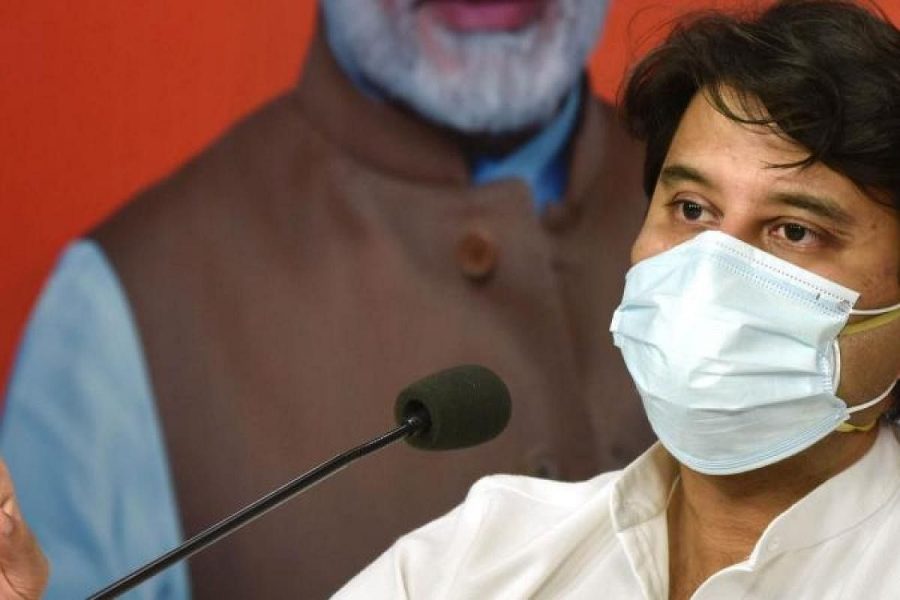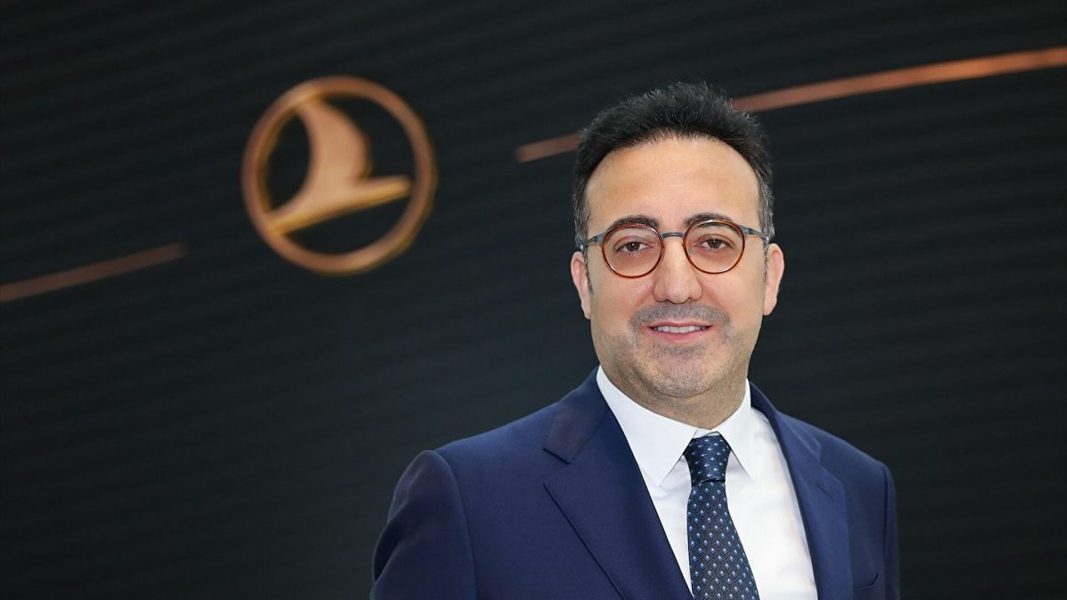FAA to formalize tighter oversight of new aircraft designs following deadly Boeing 737 MAX crashes
Radhika Bansal
01 Mar 2022
U.S. aviation regulators are formalizing tighter oversight of new aircraft designs that were used after the Boeing 737 Max was grounded.
The Federal Aviation Administration on Monday, February 28 announced in a press release that independent so-called Technical Advisory Boards would be established during the certification process for commercial aircraft, smaller planes, helicopters and drones.
FAA to formalize tighter oversight of new aircraft designs following deadly Boeing 737 MAX crashes
The panels are designed to bring a fresh set of eyes to complex aircraft design approvals to ensure that no potential safety issues are overlooked. One of the findings from numerous investigations into the two 737 Max crashes, which killed 346 people, is that the agency needed to beef up its oversight.
The action is part of a broader effort to enact reforms passed into law by Congress late in 2020 and to implement changes that the agency has promised in the wake of the crashes.
In recent weeks, it has proposed adding protections for aircraft manufacturers’ employees who are deputized to review designs by the FAA and revising pilot training.
One of the findings from numerous investigations into the two 737 Max crashes, which killed 346 people, is that the agency needed to beef up its oversight.
The 737 Max crashes off the coast of Indonesia and in Ethiopia were caused in part by a design flaw that prompted the planes to dive repeatedly during a malfunction.
The FAA created a review panel for the extensive revisions of the plane after the crashes and also has one for the ongoing work on Boeing’s work to create new versions of the 777.
(With Inputs from Bloomberg)
Read next
Ban on commercial international flights extended until further notice by DGCA
Radhika Bansal
01 Mar 2022
DGCA has extended the ban on regular international flights, until further orders. However, flights that are operational under air bubble arrangements, as well as international cargo flights, will continue to operate as scheduled.
While officials from the DGCA and the civil aviation ministry had proposed to lift the ban, a nod from the ministry of health and family welfare was crucial, which has been closely monitoring the COVID-19 situation.
https://twitter.com/DGCAIndia/status/1498165501885050880
The ban on scheduled international passenger flights has been in place in India since March 23, 2020. However, special passenger flights have been operating between India and approximately 40 countries since July 2020 under air-bubble arrangements.
India currently has air transport bubbles with 40 countries, including Canada, France, Germany, United Arab Emirates, the United Kingdom, and the US. The DGCA, in January, had extended the suspension on international flights from and to India, because of the rising Coronavirus cases across the world.
It has been a belief that the Centre could resume international flights from the end of March, or at the beginning of the summer schedule for airlines.
India currently has air transport bubbles with 40 countries
Indian carriers at one point in time used to operate close to 3,000 flights, during the pre-COVID-19 period. The aviation sector has been seeking a reduction in excise duty on aviation turbine fuel (ATF), even as it battles the impact of COVID-19 on the business.
The DGCA had announced on November 26 last year that India will resume scheduled international passenger flights from December 15, 2021. Just a day later, PM Narendra Modi had asked the Civil Aviation Ministry and the DGCA to review its decision due to Omicron concerns.
Following this, the DGCA revoked its November 26 decision but it did not state categorically how long the suspension of scheduled international flights will last.
Read next
Experimental "aerobic" magneto-fluid engines to take you anywhere on earth in under an hour?
Prashant-prabhakar
01 Mar 2022

China has been making rapid advancements in hypersonic technology and although some of them might be a cause of worry with regards to military and security, there are others, though ridiculed by the west, that does make for an interesting read.
If reports are anything to go by, China, which is already on a spree-rapidly ramping up its hypersonic weapons game, aims to develop an "air-breathing, magnetic fluid" engine, which would commercially make it viable to travel anywhere on earth in just under an hour.
Representative | Asia Financial
The country aims of rolling out a hypersonic passenger aircraft that will use near-Earth orbit to travel to any destination in the world in less than sixty minutes.
According to a lead scientist attached with the program, the launch vehicle which is currently in development would be powered by a super-quiet engine with zero moving parts.
The engine - magnetohydrodynamic (MHD) drive and what makes it tick
A magnetohydrodynamic drive or MHD accelerator works by generating thrust from an electrically charged fluid which in turn, is propelled by an electromagnetic force-all of which would work in tandem with a scramjet- another air-breathing engine.
Yamato 1 - The first working, full-scale MHD ship | Representative | Wikipedia
Historically, they were intended for propelling nuclear submarines although they remained impractical due to low efficiency limited by the low electrical conductivity of seawater.
The air molecules around the aircraft travelling at five times the speed of sound, are ionized, or electrically charged, and this provides an ambient environment for the futuristic engine to operate in.
China's experimental super engine | Representative | South China Morning Post
A reverse-engineered MHD engine could absorb energy from the surrounding highly ionized air molecules, thereby shielding the aircraft structure from eventual disintegration. Furthermore, a part of the captured energy could be used to run the powerful plasma jets while the rest could be routed through an afterburner to produce additional thrust.
This technological revolution is a historic opportunity that China cannot afford to miss. With an advantage in technology, a solid industrial base and continuous innovation, China could take a unique path to develop new powering systems for aerospace activities.Wei-deputy director of mixed cycle engine development at the Beijing Power Machinery Research Institute
Hypersonics and associated drawbacks
Technically, the thrust produced is inversely proportional to the Mach number which means, the higher the Mach-lower is the thrust generated. Furthermore, the extremely high temperatures produced at higher Mach also is detrimental to the structural integrity of an aircraft.
Representative | IBTimes India
Another key factor that needs to be considered is the possibility of unpredictable turbulence which, hence, would require the use of advanced and sophisticated flight control systems. It is also to be noted that the success of any space-launch(s) also depend a lot on "reusable" components used in the manufacture of such spacecraft(s).
Reusable Rockets | Representative | DNV
Wei further mentions that to extract maximum performance from the engine, coming-of-age technologies like rapid cooling systems and detonation engines will have to be integrated. Apparently, test flights have been conducted and the results have been promising- he further iterates.
China's goal is to make space travel as easy as taking an airline. The technology would not be sustainable in the long term if only rich people can afford a ride to space.A Beijing scientist said
Reportedly, China has plans of launching the hypersonic passenger fleet by 2035.
SOURCE(s)
COVER: Breaking Defence
Read next
Scindia working on a policy for regional airlines and helicopter operations to improve last-mile connectivity
Radhika Bansal
01 Mar 2022

The government is working on a policy for regional airlines and helicopter operators to boost last-mile connectivity, Aviation Minister Jyotiraditya Scindia said on Monday, February 28. The minister said the emphasis has to be on smaller town airports as well as regional connectivity in India.
“That poses its own sets of issues — economies of scale, leasing costs and pricing — and those are the things we are exploring today,” he said at an event organised by industry body ASSOCHAM.
“We are going to come out with a policy for regional airlines and helicopters to make them much more economical, to make them much more pervasive, and to provide that last mile connectivity because growth is also going to come from that sector,” he mentioned.
Jyotiraditya Scindia was speaking at an event organised by industry body ASSOCHAM
The growth opportunity is coming from smaller cities like Jharsuguda in Odisha and Rupsi in Assam, he said. “We have to provide the last mile connectivity,” he noted. The penetration of helicopters today in India is negligible, he mentioned.
India has 130-140 civil helicopters and if you look at a developed country, it has helicopters in thousands, he said.
“So we have to come out with a policy that makes it possible for helicopters to drive the growth especially in northeastern states and in the island states…that is something that I am working on as we speak,” he said.
India has 130-140 civil helicopters and if you look at a developed country, it has helicopters in thousands
The aviation sector in India is at an early part of its growth stage, he said. Scindia said the aviation sector is going to become the backbone of the transportation of our country. The auto sector is known today by the OEMs (original equipment manufacturers) and I want the airline ecosystem to grow similarly, he said.
“In the success of this aviation sector is the success of the government,” he noted. Eleven states had VAT rate on aviation turbine fuel (ATF) between one and four per cent and 25 states had between 15 and 30% when I took charge as the Aviation Minister, he said.
The minister was talking about the 13 states that have the VAT rate on ATF between 15 and 30%.
The Centre then went to states and helped them understand that lowering the VAT rate on ATF will assist them in boosting economic growth and tourism, he stated. In the last over six months, 12 more states have brought their VAT rate on ATF in 1-4% bracket, he stated.
“Let me assure you that I would not rest until VAT is reduced in all states. I have 13 more states to deal with,” he added. The minister was talking about the 13 states that have the VAT rate on ATF between 15 and 30%.
Read next
Amid the security row, Ilker Ayci declines Tata Sons' offer to be the new CEO of Air India
Radhika Bansal
01 Mar 2022

Former Chairman of the Board of Directors of Turkish Airlines Ilker Ayci has rejected Air India's CEO offer, news agency Bloomberg reported.
“I have concluded that it would not be a feasible or an honourable decision to accept the position in the shadow of such a narrative," Ayci said in a statement seen by Bloomberg. Bloomberg further reported that Ayci said his appointment to the position was 'coloured' by Indian media.
Earlier last week, RSS-affiliate Swadeshi Jagran Manch had said the government should not give clearance to the appointment of Ilker Ayci as the Chief Executive Officer and Managing Director of Air India "keeping in view national security".
Full Statement of Ilker Ayci (Image Courtesy - Tarun Shukla - Twitter)
ALSO READ - RSS asks the government to not give clearance to the newly appointed Air India CEO
SJM's co-convenor Ashwani Mahajan said the government is "already sensitive" to the issue and has taken up the matter "very seriously".
When asked for the reasons why the SJM is opposed to the newly appointed CEO and MD, Mahajan reiterated to PTI that it's a matter of national security. "After all, decisions are taken about a person based on his relationships."
On February 14, Tata Sons announced the appointment of Ayci, former chairman of Turkish Airlines, as the Chief Executive Officer and Managing Director of Air India.
On February 14, Tata Sons announced the appointment of Ayci, former chairman of Turkish Airlines, as the Chief Executive Officer and Managing Director of Air India. Announcing his appointment, it said in a statement that Ayci will assume his new responsibilities on or before April 1.
Ayci was an advisor of Turkish President Recep Tayyip Erdo?an when the latter was mayor of Istanbul, from 1994 to 1998. He also served Turkish Airlines as its chairman from 2015 to 2022 and was credited with turning the airline around.
Read next
SpiceJet to launch 6 new flights to Bangkok as part of air bubble agreement
Radhika Bansal
01 Mar 2022
SpiceJet on February 25 announced the launch of six new international flights to Bangkok enhancing connectivity between India and Thailand under the air bubble agreement.
The new flights will commence operations from March 10 in a phased manner, the company said in a statement. The airline will introduce daily direct flights connecting Delhi, Mumbai and Kolkata with Bangkok, it said.
SpiceJet to launch 6 new flights to Bangkok as part of air bubble agreement
The Delhi-Bangkok flight and the return flight will begin from March 10, it noted. SpiceJet will start the Mumbai-Bangkok flight and the return flight from March 17, it said.
“We are delighted to launch new flights connecting Delhi, Mumbai and Kolkata with Bangkok. The Thai Capital has always been among the top picks for leisure travellers and a favourite international destination for SpiceJet passengers. With international leisure travel picking up again, we expect our new flights to do very well.”Shilpa Bhatia, Chief Commercial Officer, SpiceJet
SpiceJet will be deploying its Boeing 737 aircraft on these routes. The flights can be now booked from the official website i.e. www.spicejet.com, SpiceJet’s mobile app and through online travel portals and agents.


Comment